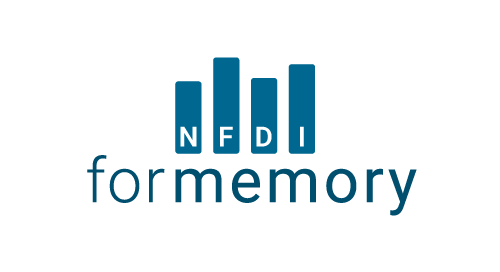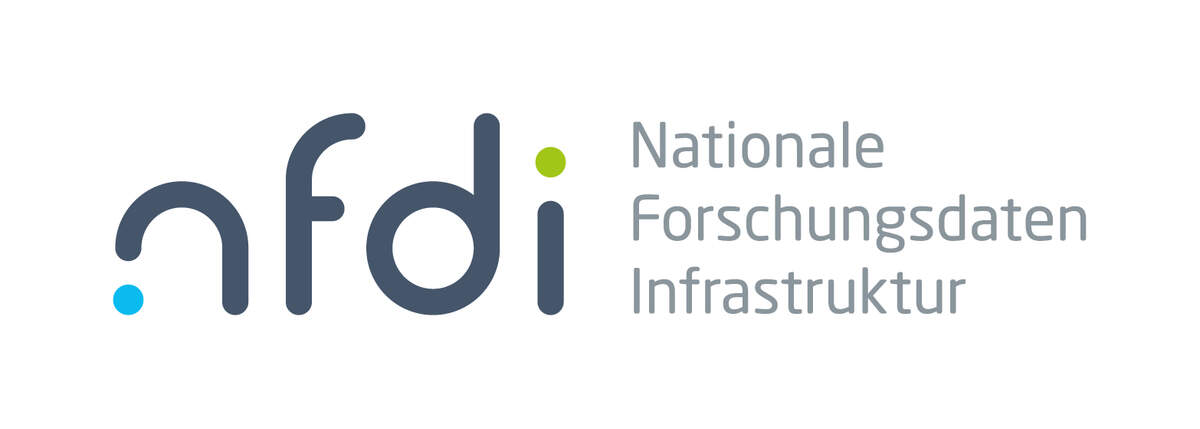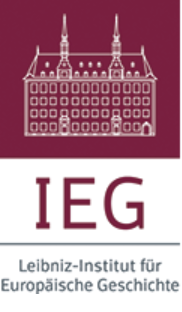DIAMANT: Designing an Information Architecture for Data Management Technologies. Implementation & Optimization of an institutional RDM service landscape
Description
The DIAMANT model was developed within the frame of the BMBF-funded research project “Process-oriented development of management tools for research data in its life cycle” (PODMAN). The fundamental goal of the model is to enable universities and non-university research institutions to build and maintain an integrated information architecture for the optimized provision and further development of research data management (RDM) technologies and services, so that researchers can polish their research data into “high-carat diamonds”. The DIAMANT model consists of the RDM reference process, which – based on the ARIS process modelling approach – describes the whole RDM process, the associated actors and their degree of involvement / responsibility in an RDM service. A central aspect of the RDM reference process is the establishment of a central RDM management unit, which controls the information flow between all organizational units involved in RDM. Another component of the DIAMANT model is the RDM Competence Matrix, which is derived from the RDM reference process. It is used for variance analysis to enable you to transfer the reference process to your own institution. Also derived from the RDM reference process is a description model for RDM services, which allows you to develop an RDM service / requirements catalogue and update it for your own institution. Last but not least, the DIAMANT model provides recommendations as to which aspects regarding personnel and organizational management should be considered when implementing the RDM service landscape.
For the application of the DIAMANT model to the own research institution, a workshop concept with related materials was additionally developed, which on the one hand can be used as an initial workshop for strategy planning and on the other hand teaches methods how to use the tools for subject-specific requirements management and the establishment of individual RDM services.
Due to the variety of RDM services required (subject-specific, method-specific or data-specific), it is very likely that research institutions will need external services in order to provide adequate RDM services to all their researchers. For this reason, an additional practical guide to the integration of external services has been developed, since the integration of external services into one’s own RDM service landscape again poses special challenges for process management, which are presented in this publication.
Task Area 1: Data Quality
Measure 6: Competence Network: Implementation of data quality
The SeS will offer an annual workshop for the implementation or further development of an institutional RDM service landscape at an institution with a historical research focus.
Task Area 4: Data Literacy
M1 – Data Literacy Competence Network for Historical Scholarship
The SeS will provide its FDM competence matrix developed in PODMAN for the further development of the DL competence profile for the historical sciences.
M4 – Counselling Services: Digital Methods, Tools, Instruments, and Digital Research Techniques for Historical Research
The SeS is responsible for and coordinates measure 4 of task area 4.
With its expertise in developing and optimization of processes and coordinating cooperation of stakeholders from different domains, it will lead the develop of the organization and business model for the DL counselling network.
Task Area 6: Participation and Steering
With its expertise in developing and optimization of processes and coordinating cooperation of stakeholders from different domains, it will support the development of the 4Memory governance.






